Boston Fern Outdoors: Can A Boston Fern Be Grown Outside
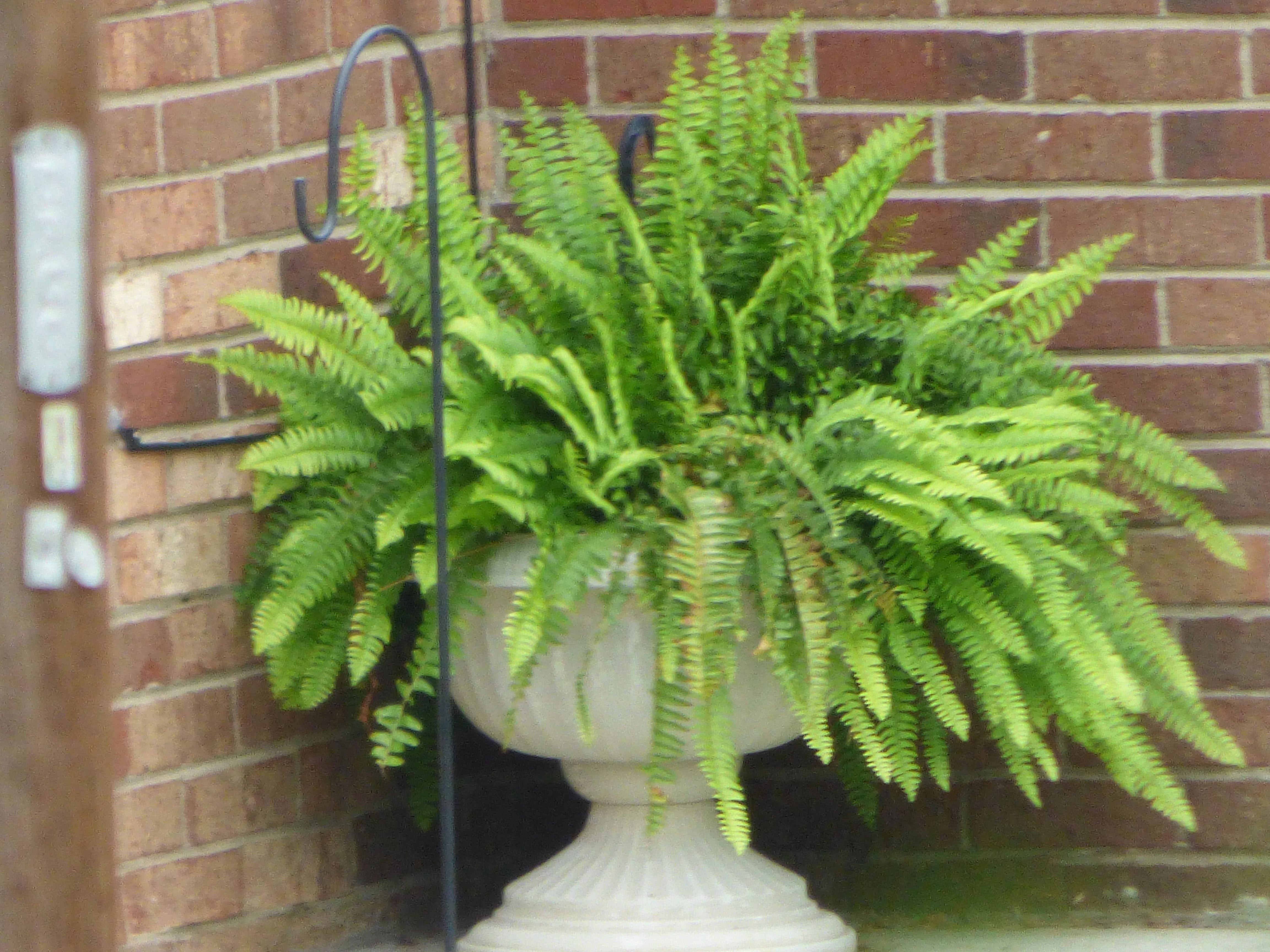

Boston fern is a lush, old-fashioned plant valued for its lacy, bright green foliage. When grown indoors, this easy-care plant provides an air of elegance and style. Can you grow Boston fern outdoors though? Read on to find out.
Can a Boston Fern be Grown Outside?
Although Boston fern is often grown as a houseplant, it thrives outdoors in warm, humid climates in USDA zones 9 to 11. With adequate moisture, the plant may tolerate drier climates. Frost may kill the fern to the ground, but it will rebound in spring. Boston fern in gardens require partial to full shade, or dappled, filtered light. This makes the plant a good choice for shady, damp areas, providing a spark of bright color where few other plants will grow. The plant prefers rich, organic soil. If your garden soil is poor, dig in a few inches (8 cm.) of leaf mulch, compost, or finely chopped bark.
Boston Fern Outdoor Care
Boston fern outdoors requires plenty of water and isn't drought tolerant. Provide enough water to keep the soil consistently moist, but never allow the soil to remain soggy or waterlogged. If you live in a dry climate, mist the plant lightly on hot days. If your outdoor Boston fern is growing in a container, it will probably need water every day during the summer. Keep a close eye on the plant. On hot days the fern may require a second watering. Small amounts of fertilizer are best for Boston fern, which is a light feeder. If you notice the leaves are pale or yellowish, this is a good indication that the plant may lack nutrients. Otherwise, feed the plant occasionally throughout the growing season, using a dilute mixture of a regular, water-soluble fertilizer. Alternatively, provide a slow-release fertilizer in spring, and again six to eight weeks later. Although Boston ferns are relatively pest-resistant, they are susceptible to damage by slugs. If the slug infestation is light, pick the pests off the plant early in the morning or in the evening and drop them in a bucket of soapy water. You can also try non-toxic methods to discourage the pests. For example, sprinkle a coarse substance such as dry eggshells, coffee grounds, or diatomaceous earth around the slug; the sharp substance abrades their slimy outer coating. Use slug pellets if absolutely necessary. Read the label carefully, as only a light application is required. Keep the chemicals out of reach of children and pets. Non-toxic slug pellets are also available.
Gardening tips, videos, info and more delivered right to your inbox!
Sign up for the Gardening Know How newsletter today and receive a free copy of our e-book "How to Grow Delicious Tomatoes".

A Credentialed Garden Writer, Mary H. Dyer was with Gardening Know How in the very beginning, publishing articles as early as 2007.
-
 Looking For Plants To Give You The Soft And Fuzzies? Try These 5 Fuzzy Leaf Plant Options
Looking For Plants To Give You The Soft And Fuzzies? Try These 5 Fuzzy Leaf Plant OptionsLovers of texture, drama, silver foliage and tactile plants will adore these special sensory garden additions. These fuzzy leaf plant options will leave you all aglow
By Susan Albert
-
 Get Ready For A Summer Of Hummers! Grow These Full Sun Hummingbird Plants and Flowers
Get Ready For A Summer Of Hummers! Grow These Full Sun Hummingbird Plants and FlowersIf you’re lucky enough to enjoy a sunny backyard, make sure you are maxing out on your pollinator opportunities and grow these full sun hummingbird plants and flowers
By Tonya Barnett
-
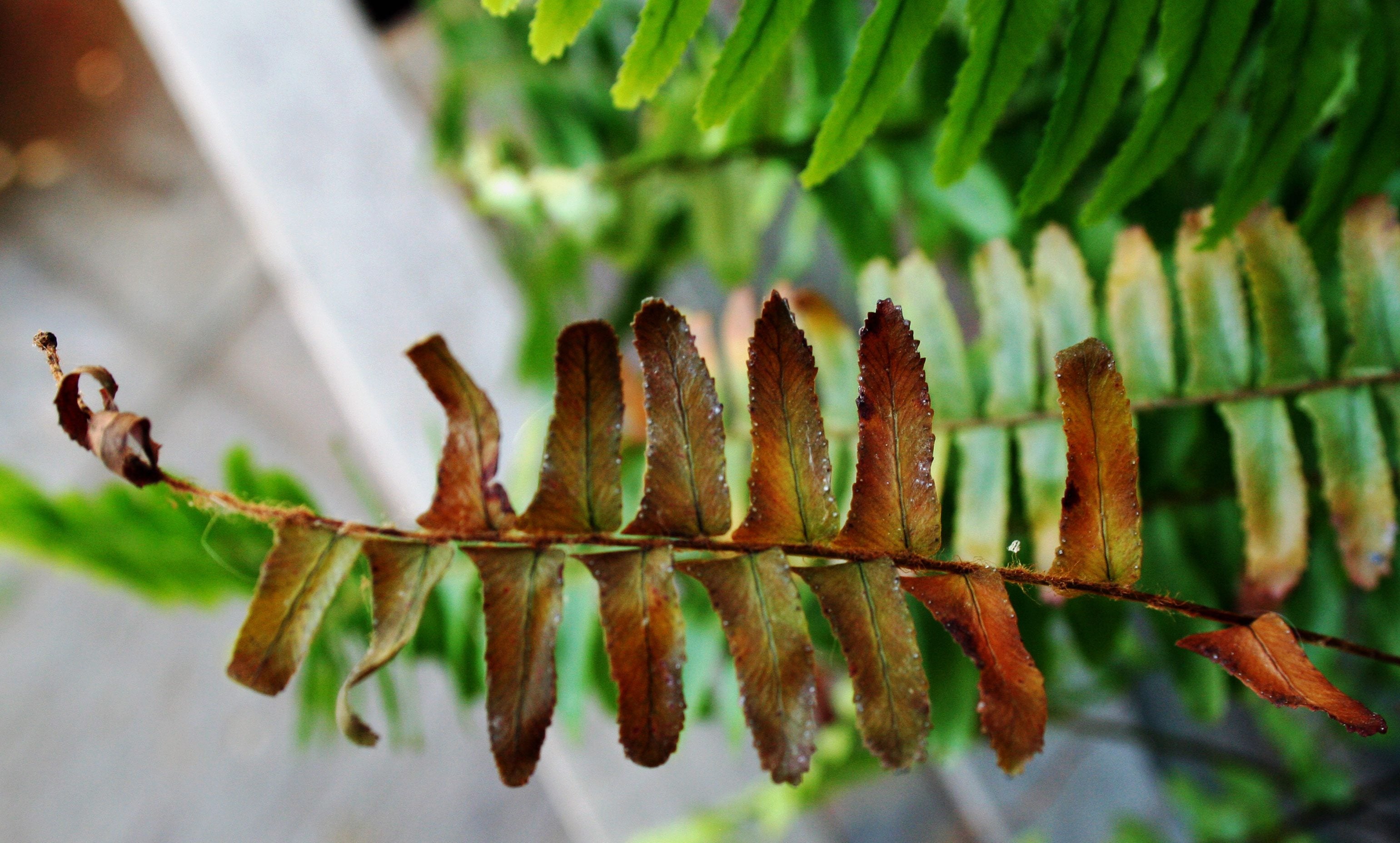 Boston Fern With Black Fronds: Reviving Black Fronds On Boston Ferns
Boston Fern With Black Fronds: Reviving Black Fronds On Boston FernsIt can be so disheartening to see your vibrant green Boston fern fronds turning black, or even brown. To learn what causes a Boston fern with black fronds, and what to do about it, take a look at the article that follows. Click here for more info.
By Liz Baessler
-
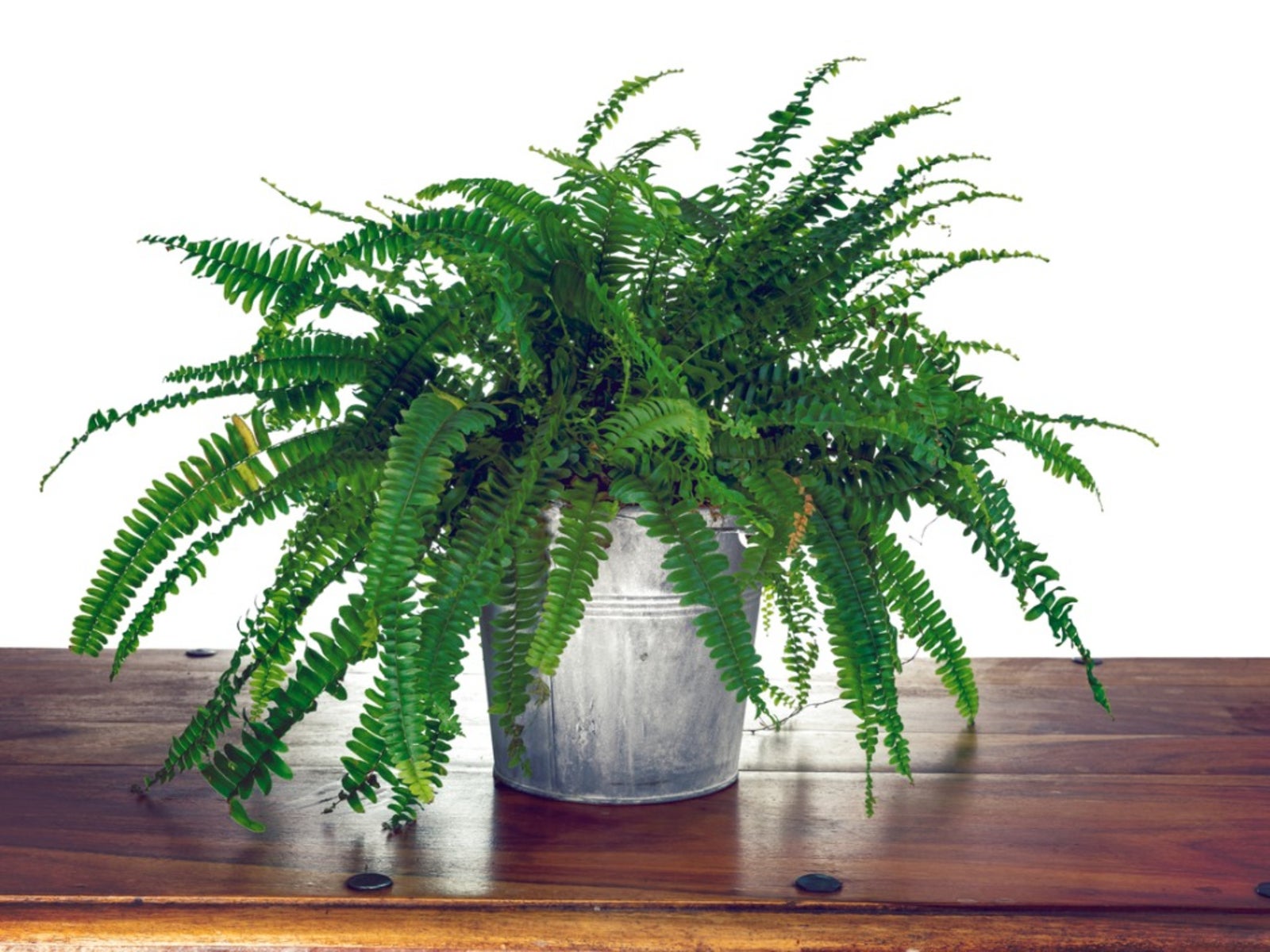 Boston Fern Diseases: Caring For Unhealthy Boston Ferns
Boston Fern Diseases: Caring For Unhealthy Boston FernsBoston ferns require adequate sunlight, water and nutrients to thrive, and good cultural practices help keep them healthy. If it doesn't get the best care - or even if it does - it may be attacked by diseases. Click here to learn more.
By Teo Spengler
-
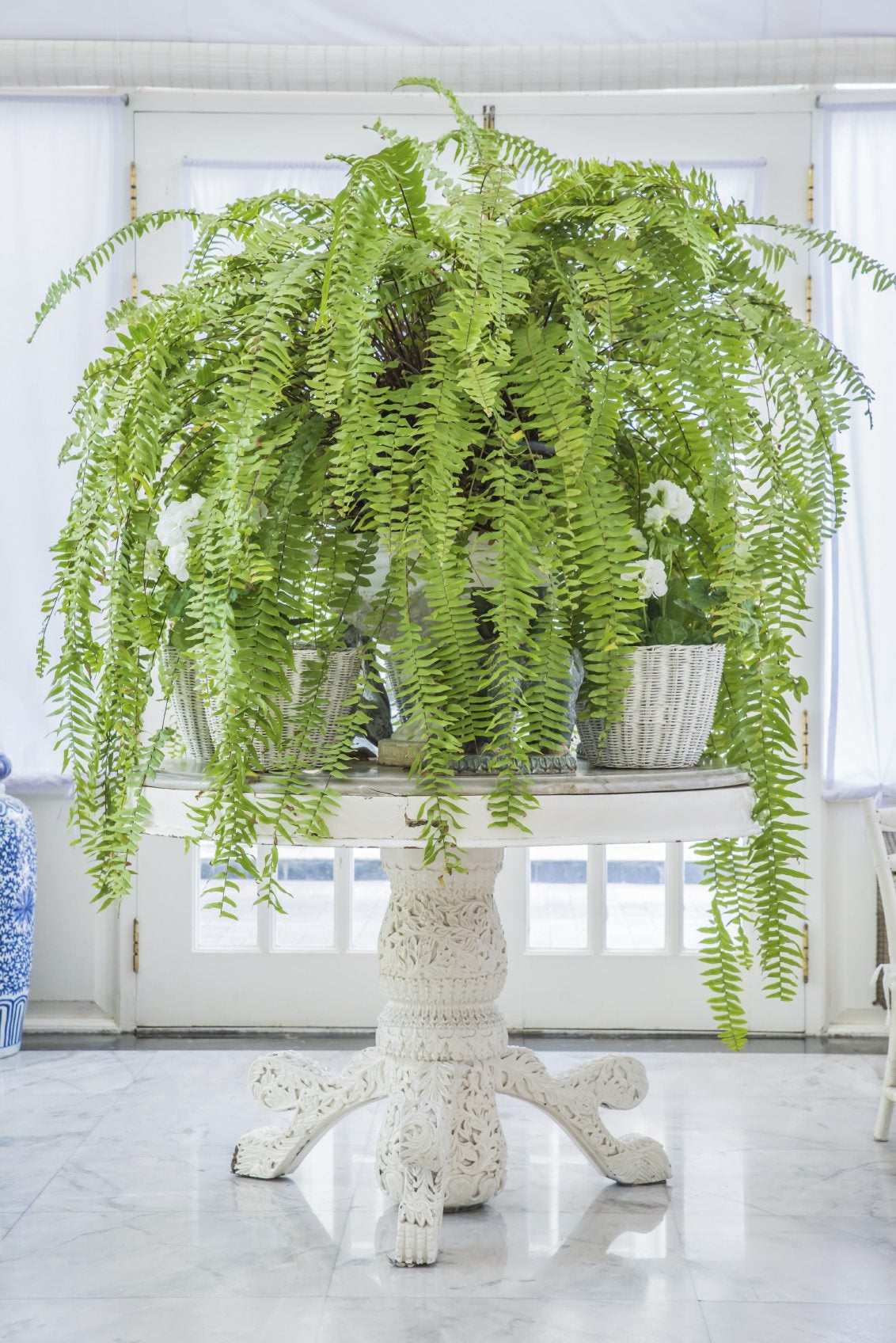 Boston Fern Light Conditions: How Much Light Does A Boston Fern Need
Boston Fern Light Conditions: How Much Light Does A Boston Fern NeedLight requirements for Boston ferns is a critical aspect of successful growing. Read this article to learn about Boston fern light needs, including Boston fern light conditions. Click here for more information.
By Mary H. Dyer
-
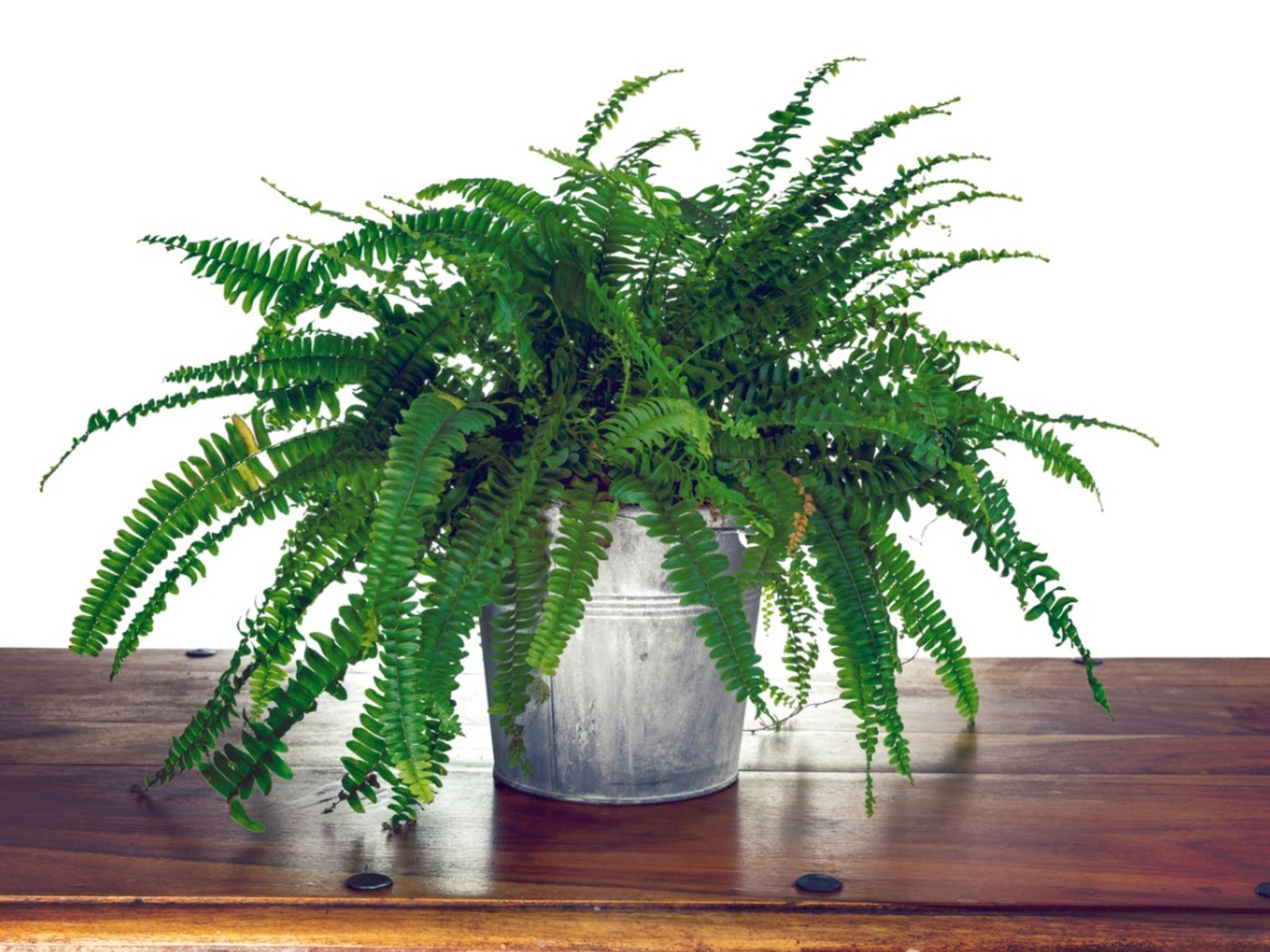 Boston Fern Humidity - Learn About Boston Fern Misting Needs
Boston Fern Humidity - Learn About Boston Fern Misting NeedsBoston fern is native to tropical climates and without a high level of humidity, the plant is likely to display dry, brown leaf tips, yellow leaves, and leaf drop. Read this article to learn more about improving Boston fern indoor air.
By Mary H. Dyer
-
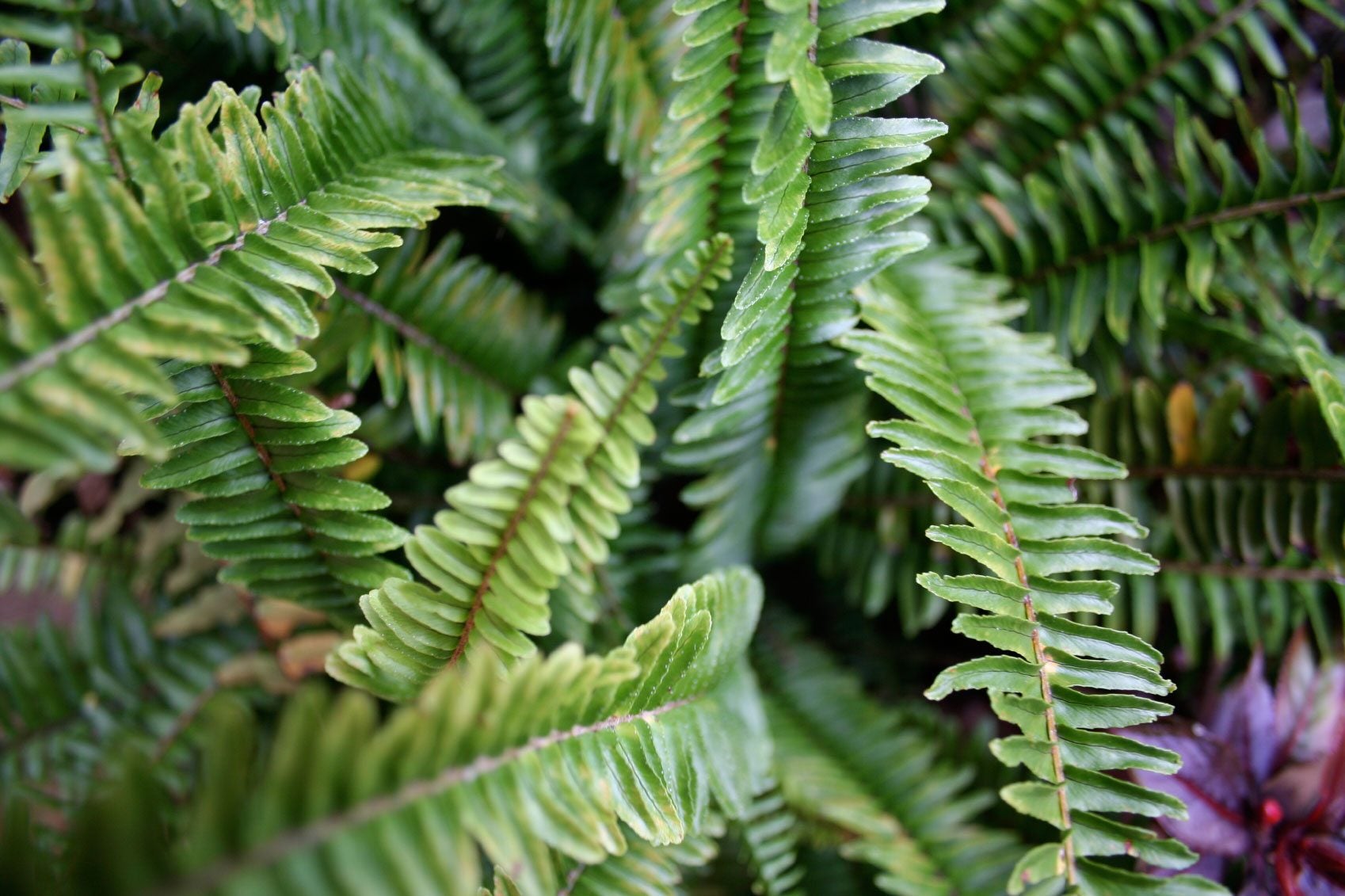 Boston Fern Leaf Drop: Why Leaflets Fall From Boston Fern Plants
Boston Fern Leaf Drop: Why Leaflets Fall From Boston Fern PlantsBoston ferns are great indoor accent plants, but they've earned a reputation for being difficult to care for due to frequent yellowing, drying or dropping of their leaves once inside. Learn how to prevent or halt Boston fern leaf drop in this informative article.
By Kristi Waterworth
-
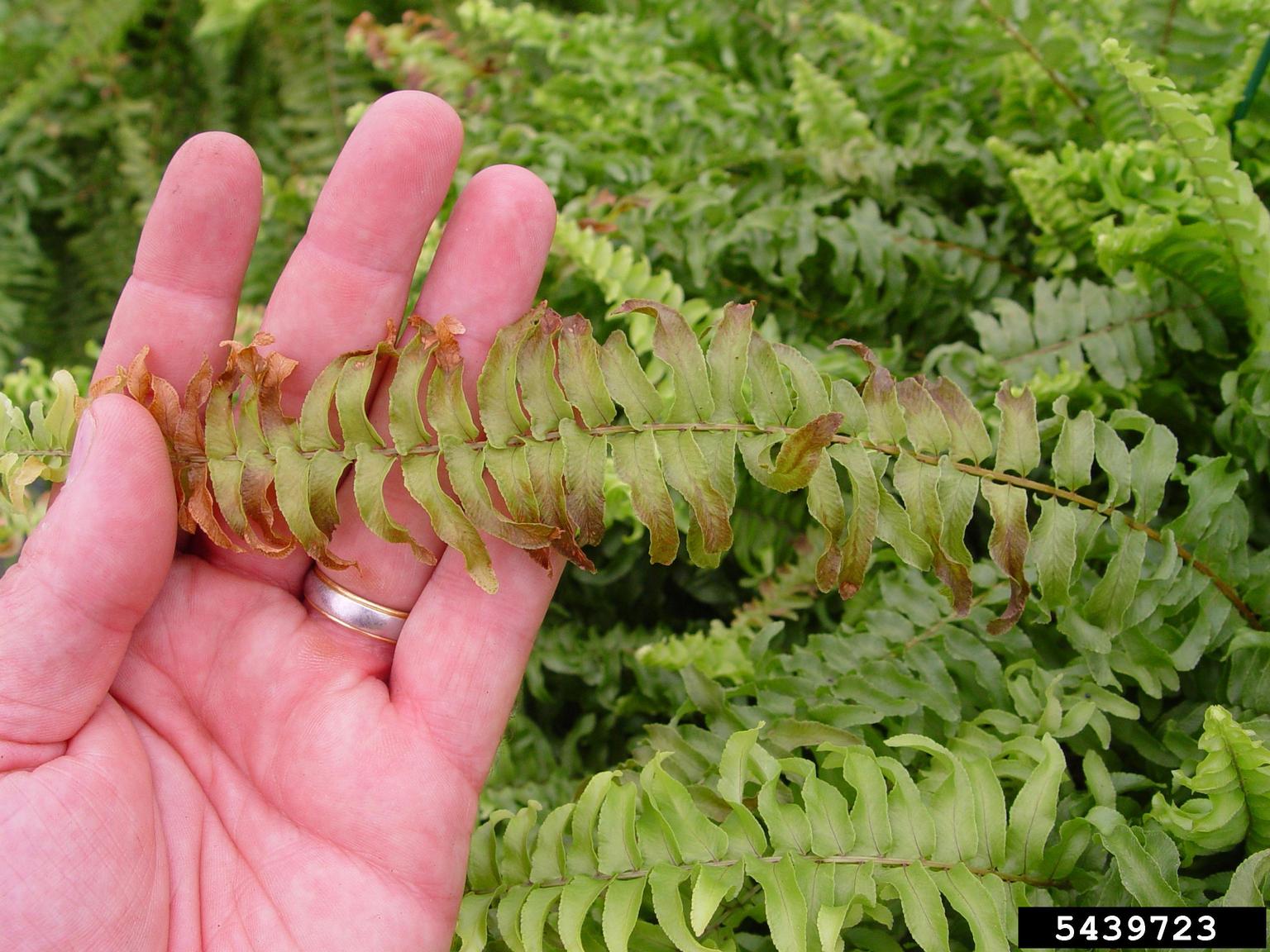 Boston Fern Turning Brown: Treating Brown Fronds On Boston Fern Plant
Boston Fern Turning Brown: Treating Brown Fronds On Boston Fern PlantThe Boston fern plant requires plenty of humidity and low light to prevent the fern from turning brown. If you have a Boston fern with brown leaves, it might be cultural or simply having the wrong site for the plant. Learn more in this article.
By Bonnie L. Grant
-
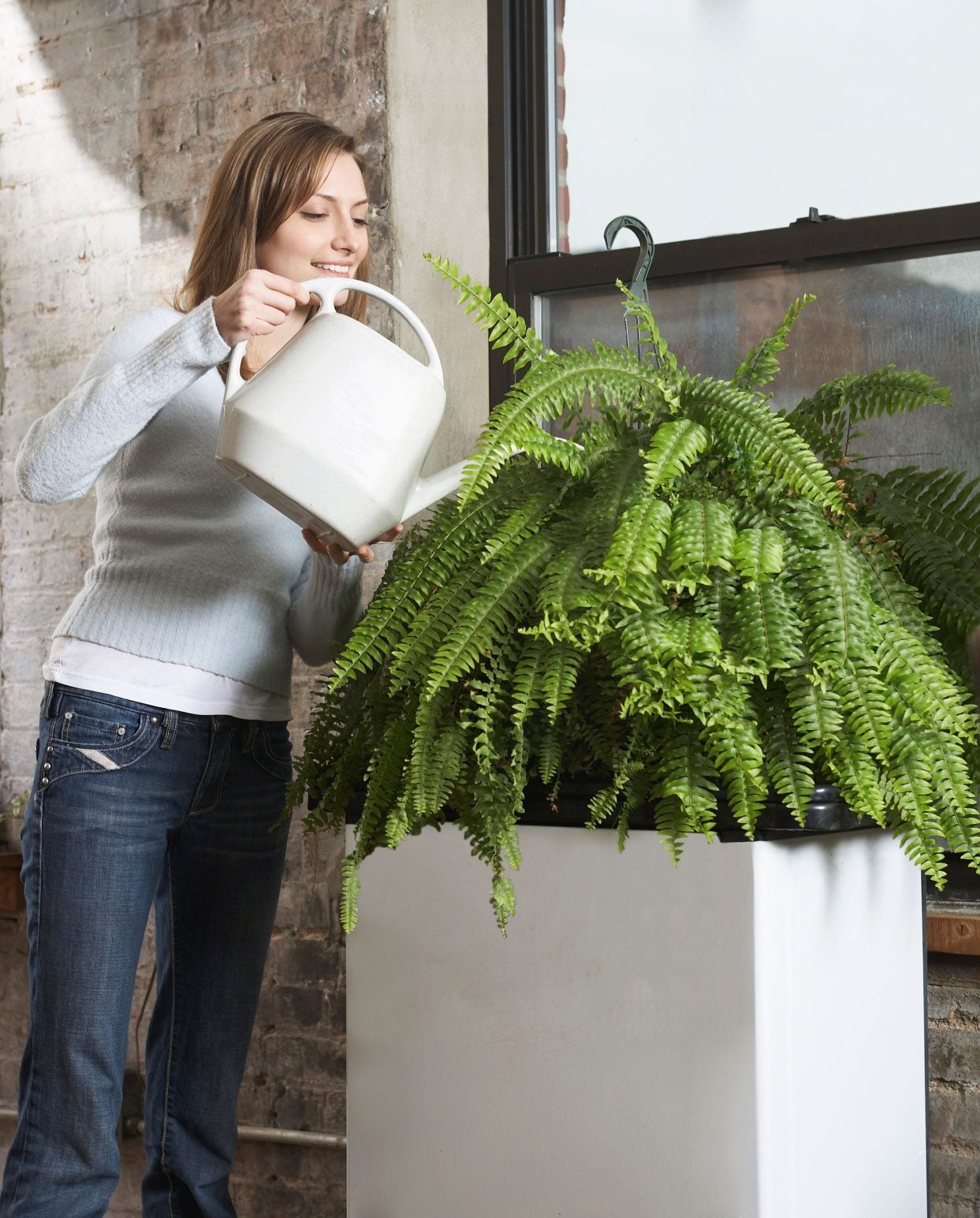 Watering A Boston Fern: Learn About Boston Fern Watering Needs
Watering A Boston Fern: Learn About Boston Fern Watering NeedsWatering a Boston fern isn't rocket science, but understanding how much and how often to water requires a bit of practice and careful attention. Click here for more info.
By Mary H. Dyer
-
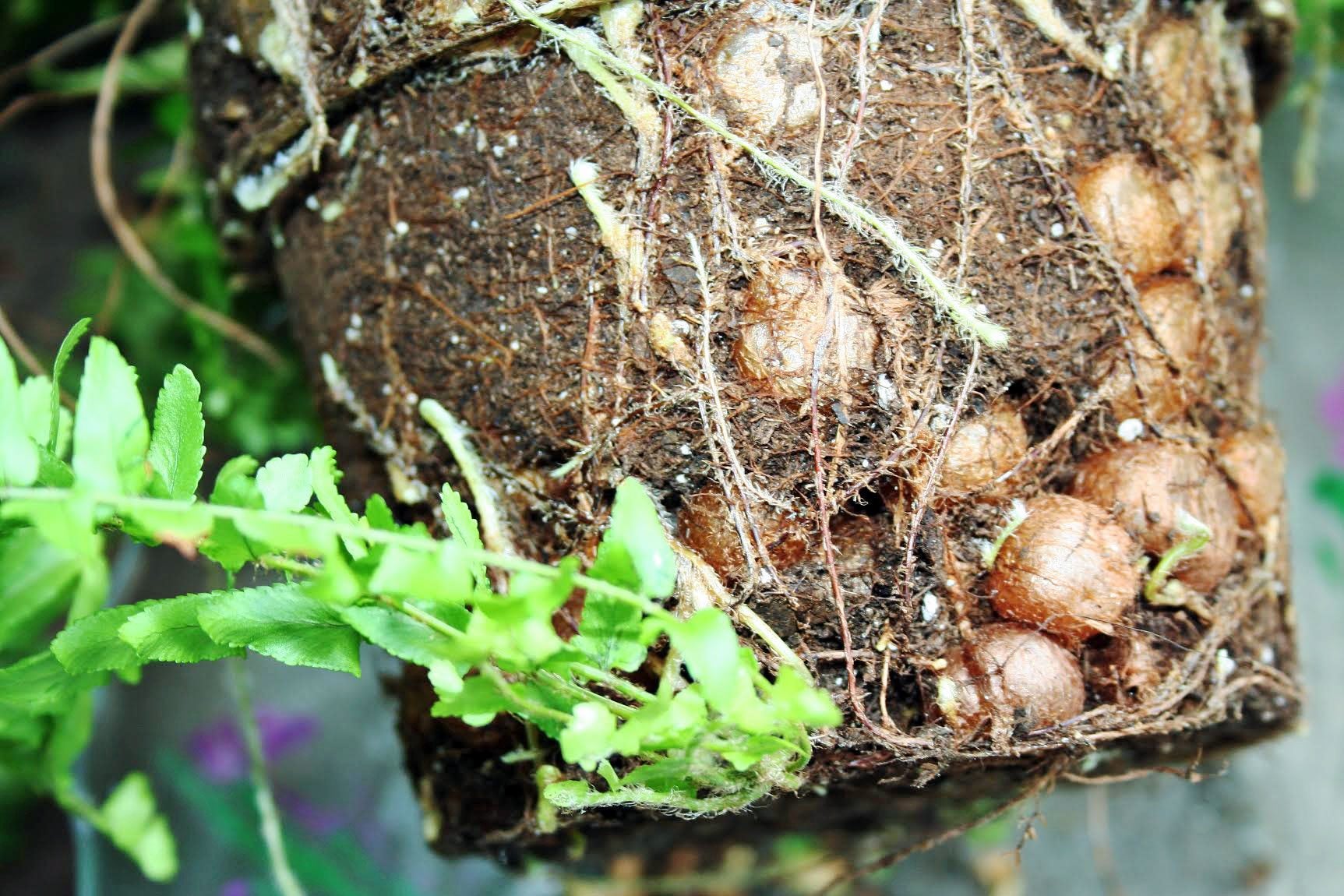 Root Nodules On Boston Fern: What Are The Balls On Roots Of Fern Plants
Root Nodules On Boston Fern: What Are The Balls On Roots Of Fern PlantsBoston fern, also known as sword fern, is a dependable plant with masses of long, graceful fronds. One might also notice root nodules on Boston fern plants, of which this article explores. Click here for more information.
By Mary H. Dyer